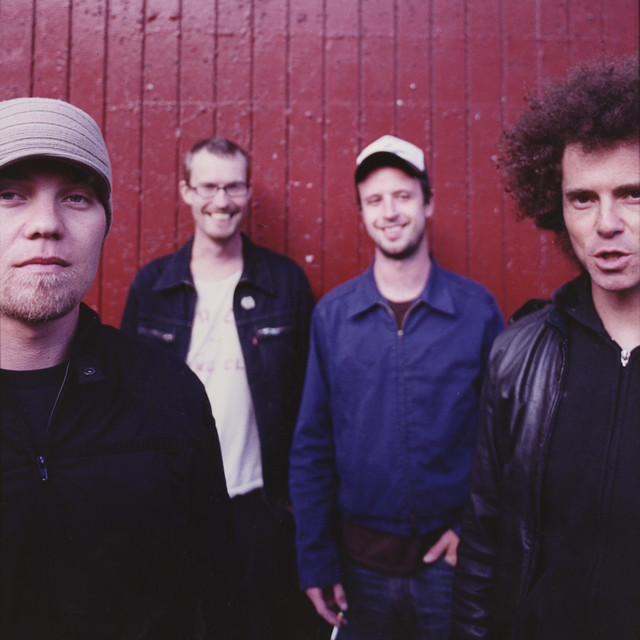
Ever since humans became seafarers, sailors have been coming back to land with unbelievable tales of the things they’ve seen out in the open ocean: monsters, mermaids, giant squid.
Some of these have been proven false, while others have been shown to be exaggerations of real creatures. One ocean legend that I find fascinating (and which is still not fully understood and very rarely documented) is the phenomenon of the rogue wave.
Large waves are something to be expected on the high seas. Storms can easily stir up incredible waves that leave boats at their mercy. Rogue waves are different though, because they are not a product of storms. And though they may not be the largest waves out there, it’s their unpredictability – appearing without warning in relatively calm seas, often directionally inconsistent with the waves around them – that makes them the stuff of legend.
It almost sounds like an excuse a captain would give for a damaged ship upon returning to shore; the maritime equivalent of the dog who likes to eat homework.
Even today, with cameras everywhere, rogue waves are virtually undocumented. Most videos you’ll find online tagged as rogue waves are likely storm surges or just particularly large waves appearing during a storm. True rogue waves are fascinating because they come out of nowhere, and it’s only recently, thanks to off-shore buoys recording sea levels in real time, that oceanographers have had any record of their existence.
For a band named after this violent and mysterious phenomenon, Rogue Wave, one of the earliest and longest-lasting of the Garden-State era of American indie, makes music that is for the most part surprisingly sedate. This is one of their most well-known and lovely songs.
What makes this a beautiful song:
1. The way the guitar is strummed makes it feel like a faster song, up around 130 beats per minute. But when the percussion comes in for the chorus, it’s half speed; a more laid back 65 bpm.
2. The vocals are recorded in a very unusual way. I think they’re doubled, but normally when a singer does that, they will send one vocal track to each channel, one left and one right. But here they’re both straight down the middle, which gives the impression of the singer being at a bit of a distance.
3. On the very last chord, there’s a tiny little hint of something that rings out. A triangle? A tiny cymbal? I’m not sure, but it’s a perfect microscopic detail.
Recommended listening activity:
Watching ripples expand in a bathtub.